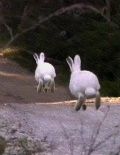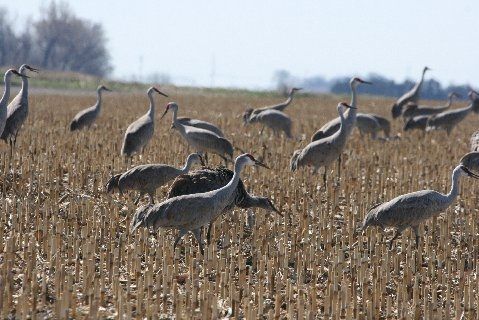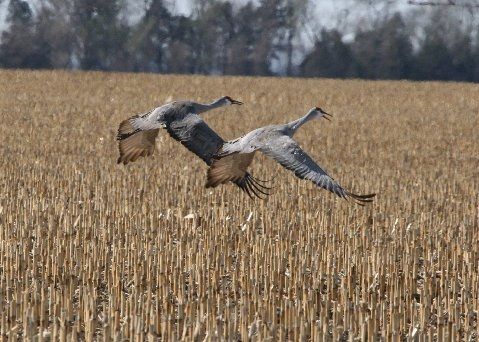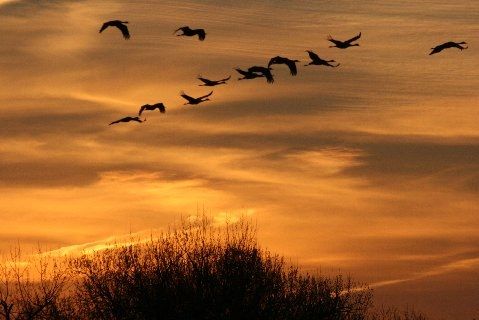 Another episode...
Another episode...Where to start...where to start! Many of our teammates chose the Luna-Tics as a team because of our goal to row to the moon. We knew this would be a long journey, and hoped that we would have many teammates join us...because the journey is much more interesting that way. And, sure enough, we have interesting and adventurous people who are part of the team. Just the sort of folks who might indeed sign on for such a mission to the stars...and the moon and beyond. Sometimes it's helpful to look at where we all come from, and the adventures of our historical past, to understand the frontier spirit that makes us each want to go out and conquer the unknown, fight through adversity, and support each other as we work towards different milestones (both rowing and personal). Like the monologue in Star Trek, we might seek to explore strange new worlds, seek out new life and civilizations, and go boldly through space. And it definitely takes a certain kind of person to want to do this...to migrate to the unknown.
There are many great animal migrations in our natural world: zebras and wildebeest (although I did confuse wildebeest for warthogs there for awhile), elephants, sea turtles, whales, caribou (might be sort of close to Cathie and Sam's part of the world), monarch butterflies, and ...sandhill cranes. Have to admit that driving to Nebraska to view the annual migration of the lesser sandhill crane wasn't on my radar...nor was it on my bucket list...but it should have been. I met many people who make the sojourn yearly to witness half a million sandhill cranes during their important stopover in Nebraska. The birds stay for about one month, during which time they put on about 40 percent of their body weight so they can fly to their final destinations in Alaska and eastern Siberia. They winter in many places - some in Mexico, some in Arizona, some in New Mexico. With the warmer weather this year in Nebraska (and other places), the migration started a bit earlier. I thought I was going to see the sandhill crane migration stopover in Nebraska. And I did see this...and a lot of what was a great part of the American frontier and the human migration from east to west. The migratory area goes through a portion of North America that has remnants of native American tribes, portions of the Mormon Trail, portions of the Oregon trail, and parts of Lewis and Clark's journey. The sandhill cranes feed on corn that is left in the farm fields surrounding several towns and cities in Nebraska (Grand Island, Kearney, Alda are three). It's fortunate that this area continues to support farming, because without it, there would be a severe impact on the migratory route of the birds. Many photos were taken of the grey birds as they became corn-fed.



I do look at things with a different perspective these days...and this team has definitely influenced that perspective. I look at how accessible some of our natural world is - and whether or not an event is something that all can enjoy. The Nebraska Nature Center has made its bridges and trails (and the center itself) that cross the Platte River wheelchair accessible so that many can get to the viewing areas.
As evening approaches, thousands upon hundreds of thousands of sandhill cranes head back to the river banks after being out all day. These birds are quite sensitive to human presence - and any movement within 30 yards seemed to make them take flight. Very cool to see that six foot wingspan in flight.

And now you, too, know more about sandhill cranes.














